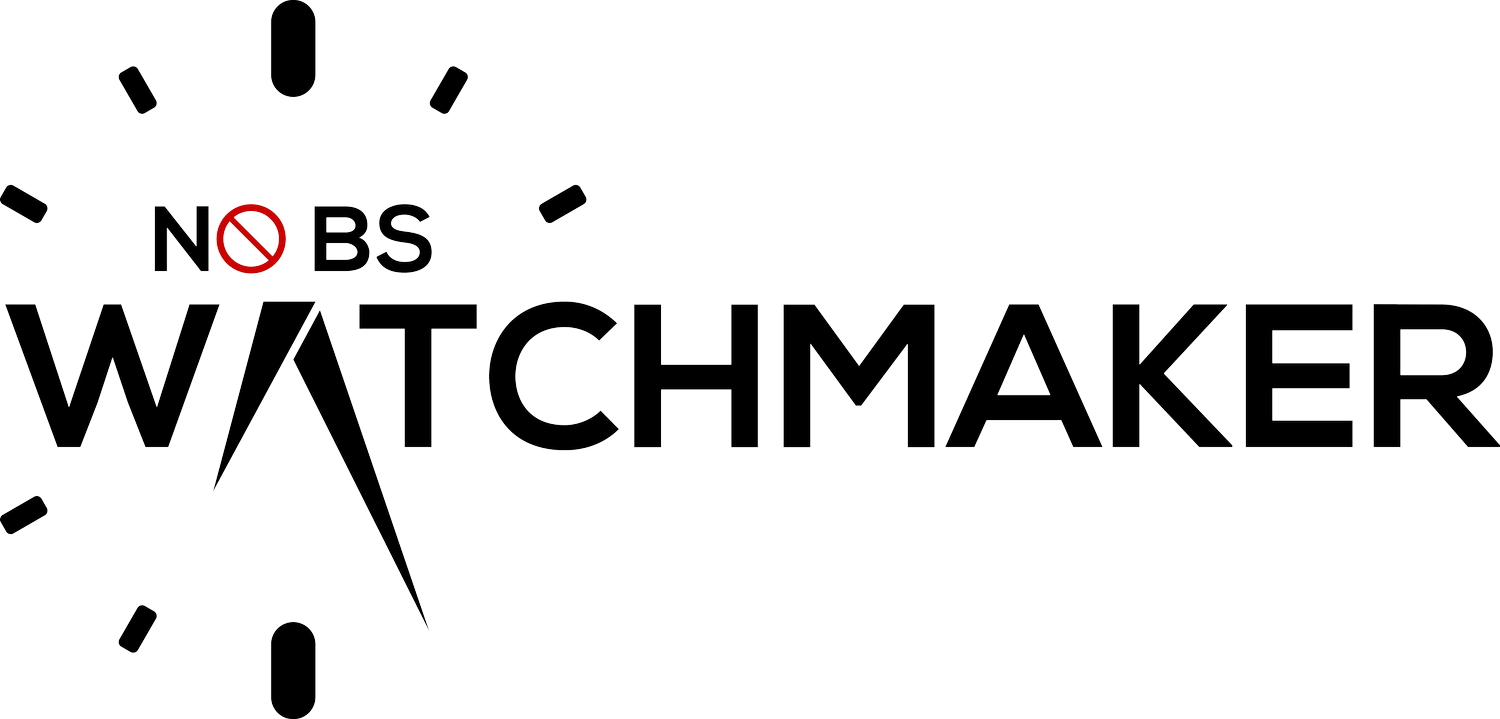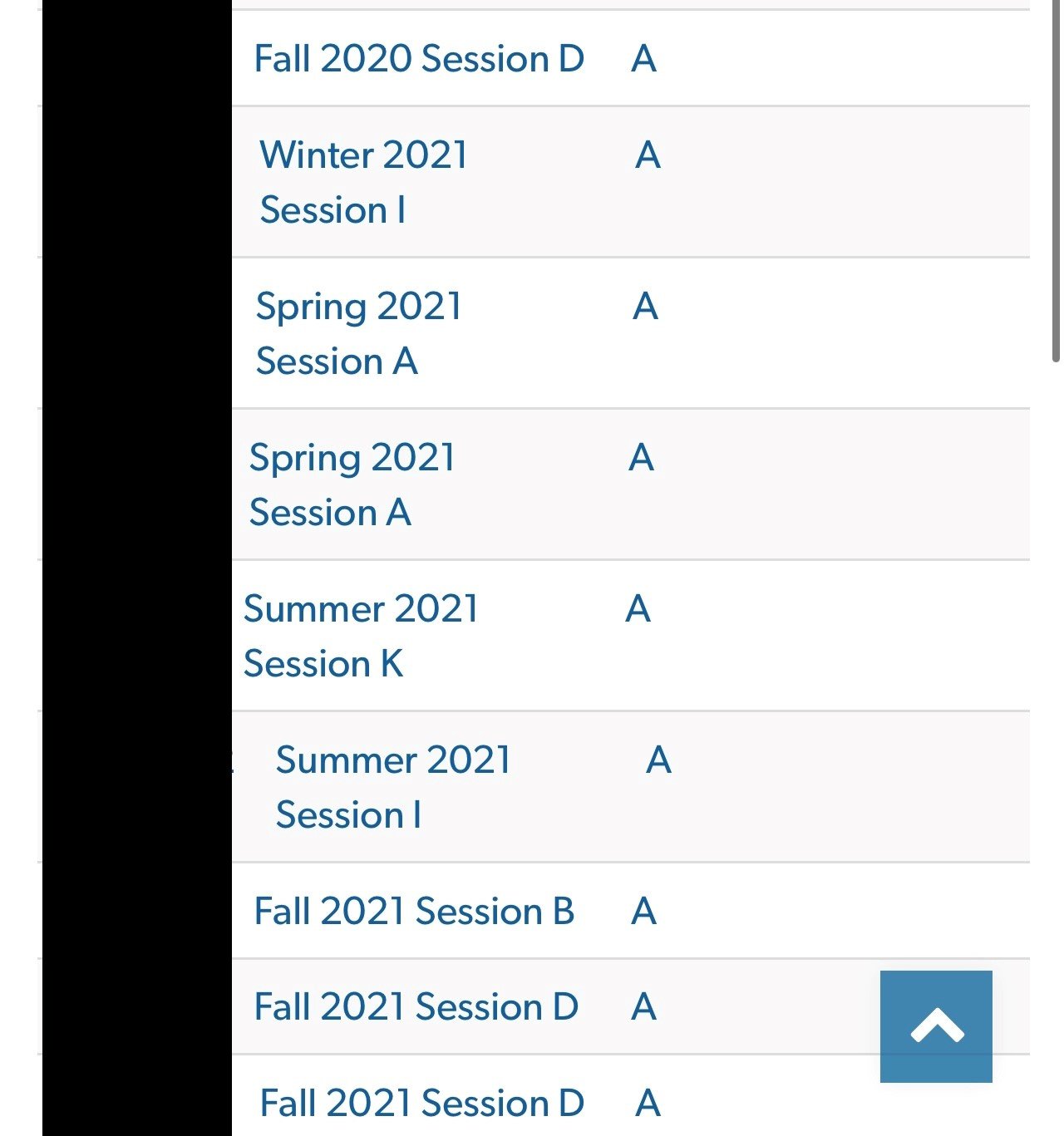“Never tell people how to do things. Tell them what to do and they will surprise you with their ingenuity.”
—George S. Patton
Watchmaking is about creating problem solvers. Not solution memorizers. Here’s how I use an ecological approach to teaching watchmaking.
Learning watchmaking techniques are important. However, learning watchmaking principles is even more crucial.
The best watchmakers in the world remember principles. Not techniques.
Principles can be applied in multiple scenarios. Techniques can only be applied if all the parameters are met.
In school, it’s important to learn the fundamentals. You learn how to solve problems. When you get out of school though, you find out that the problem is never identical to the one you learned in school. It’s always presented in a different context.
I teach watchmaking step by step to beginners. At first this requires teaching them the techniques of how to do a specific task.
Once they get the hang of it, they’re required to apply the knowledge right away. They do this once or twice in a perfectly contained environment. After they get the hang of it, our goal is to make it practical.
It’s important to force the exposure to the same problems in different contexts.
SAME PROBLEM + DIFFERENT CONTEXT = NEW STIMULUS
This causes them to break free from a specific set of techniques and it forces them to realize that the technique themselves are flexible.
The individual must realize that they need to be flexible on the path to the same result.
Repeated exposure to different contexts of the same problems will convert techniques into principles.
The best people in the world follow principles and not specific step-by-step techniques.
HOW WATCHMAKING IS TAUGHT
The process needs to be simplified into smaller, more manageable chunks.
I focus more on developing specific skills and knowledge sets that are essential to the craft.
In a nutshell:
1. DEFINE THE CONSTRAINTS
I start by defining the constraints of the learning process. I can’t teach the students everything all at once. By identifying one thing at a time, we can focus on laying each foundation as best as we can.
This means that I have to identify the constraints by reducing the field of vision.
What is the specific goal the student has to learn?
Do I want them to get better at assembling? disassembling? polishing? oiling? troubleshooting? etc.
Do I need them to work on speed and time to produce higher amounts of quantity / repetition?
Do I need them to work on quality over quantity?
Are they at a point where I can push them to do both quality AND quantity?
What tools or abilities do I want to limit their usage of to increase their attention in another area?
2. IDENTIFY THE SKILL
For example, if our goal was to get better at polishing, we’ll need to identify the skill set to work on. Within polishing, we have specific areas such as lapping, lasering, high polish, satin finish, sand blasting, etc. We need to identify the skill that’ll help us accomplish the goal.
What area do I need them to work on that’ll yield the highest leverage?
What particular techniques do they need to work on within the area?
How can I limit their options so that they work only on the skills they need to learn?
3. BREAK DOWN THE PROCESS
How can I build up the technique in a digestible way?
How can I slowly add more without complicating it for the student?
Is the information I’m providing necessary for the student to acquire the desired stimulus?
What is the best method for this student to learn this technique?
4. TEST
How can I test their abilities to see if it was successful?
How can I introduce the same problem in different contexts?
How can I integrate this section of their experience to the bigger picture?
5. REFINE THE PROCESS
Was it successful?
What needed more improvement?
Identify the problem areas that weren’t fixed or needs improvement
Rinse and repeat
We start off reducing the field of vision to isolate a specific goal and skill. As the student progresses, we start to open up the field of vision so that they can adjust and acclimate easier to more variety.








